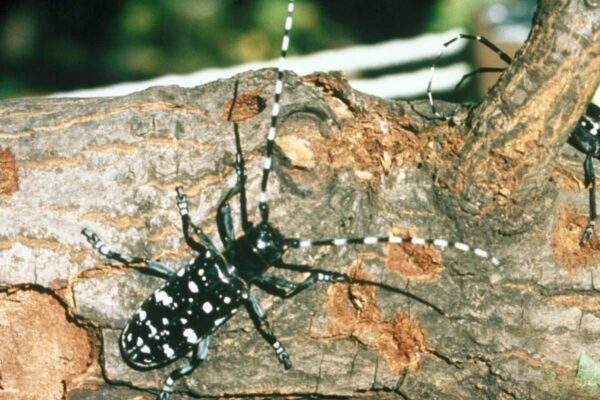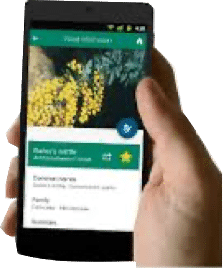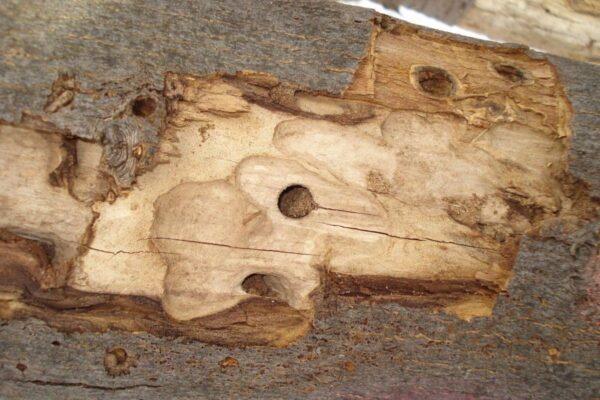Asian long-horned beetle
About This Species
Asian long-horned beetle (Starry sky, Sky beetle) is a highly destructive wood-boring insect that hasn’t been found in BC to date, but it has been reported in Ontario. It is native to many countries in Asia. It could accidentally be transported here in shipping containers, wooden packaging material (such as wooden pallets, crates, and boxes), and vehicles traveling from regions where it is established. Asian long-horned beetle could also spread long distances to other provinces or territories through transport of infested wood products like firewood and logs.
Adult beetles feed on tree species including Mountain ash (Sorbus spp.) and Horse chestnut (Aesculus hippocastanum), as well as Maple (Acer spp.), Willow (Salix spp.), Poplar (Populas spp.), and Birch (Betula spp.).
Both adult and larval feeding can damage and stunt young trees, reduce the quality of wood, and make trees more susceptible to disease. Several of this beetle’s host trees are important species to the British Columbia forestry industry. Asian long-horned beetle is designated as a Provincial EDRR species by the BC Provincial Priority Invasive Species List.
How to Identify
Adult beetles are 2-4 cm long and bullet-shaped. The abdomen is black with white speckles. The foot pads are blue. The antennae are longer than the body of the beetle and have regular bluish-white and black stripes.
Female beetles lay eggs into holes bored into tree bark. The holes are 6-12 mm wide, and when fresh may be choked with tree sap. The larvae are large grubs, 4-5 cm long, creamy-white with dark pointed mouthparts at one end.

Take Action
Prevention is the best approach.
-
If you need advice about invasive species on your property or you are concerned about reported invasives in your local area, contact your local government or regional invasive species organization.

Buy Local Burn Local
Learn about best practices
REPORT TO PROTECT BC’S BIODIVERSITY

Use the app
Observe and report to protect BC’s biodiversity

Report through this website
Use our form to tell us what you’re seeing and where.

















